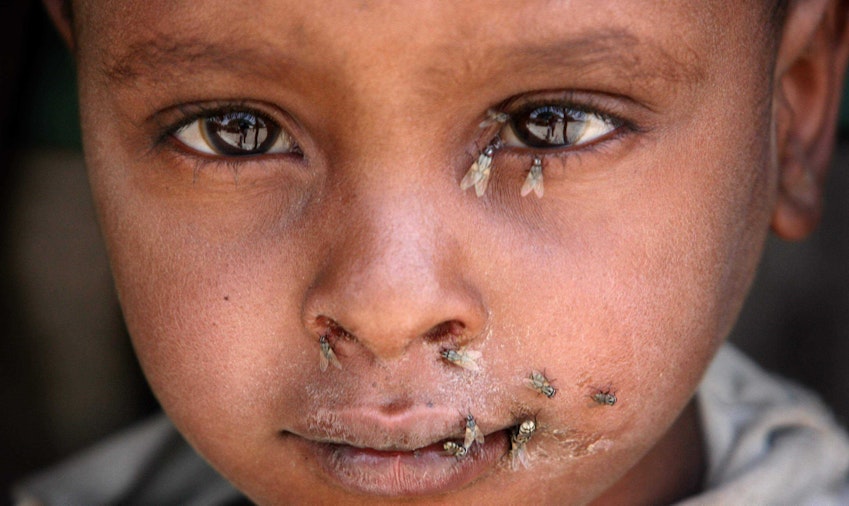When we started working in Ethiopia in 1998, the population was around 65 million. More than two decades later, it has nearly doubled to 117 million.
The eye care situation in Ethiopia is one of the worst in the world according to the National Survey on Blindness, Low Vision, and Trachoma. It shows 1.6% of people in Ethiopia live with blindness, and 3.7% with low vision.Cataract (50%), trachoma (11%), corneal opacities (8%), refractive error (8%), and glaucoma (5%) were reported as the leading causes of blindness. Likewise, cataract (42%), and refractive error (33.%) were reported as leading causes of low vision. Childhood blindness is estimated to have a prevalence of 0.1%.
These figures, from the National Survey, translate into a staggering 5.4 million people living with blindness and vision loss.

















